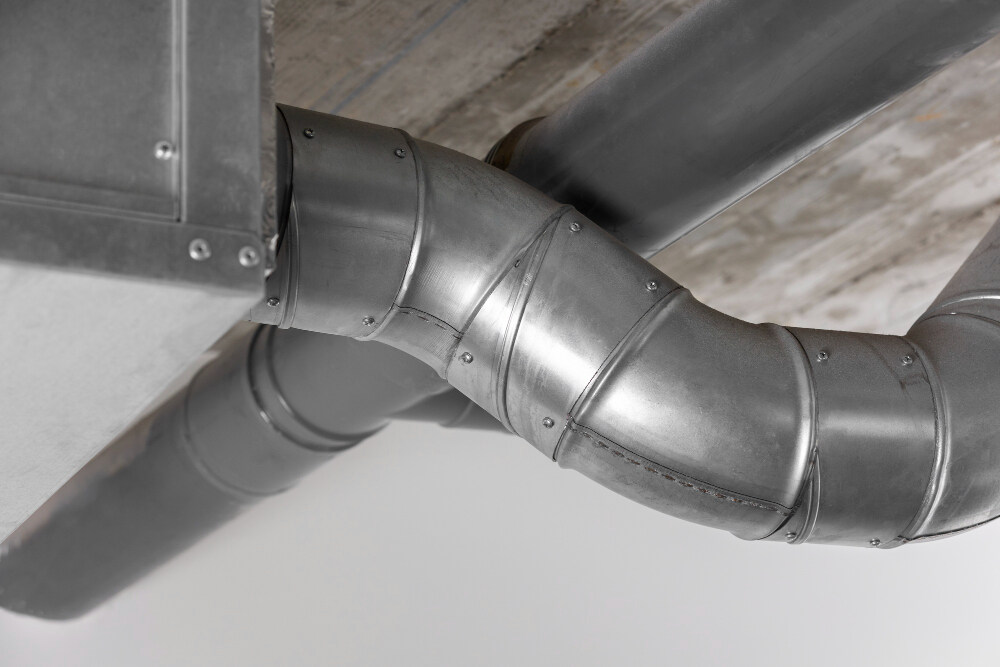When repairing drywall, the areas around pipes and fixtures are often the most complex. These spots are prone to cracking or damage due to moisture, shifting, or previous installations. Knowing how to repair drywall around pipes and fixtures not only enhances the look of your space but also strengthens the wall’s structure, protecting it from issues like moisture seepage, mold, and even pest entry.
Here’s a detailed guide on repairing drywall around pipes and fixtures with professional techniques to give you smooth, lasting results.
Why It’s Important to Properly Repair Drywall Around Pipes and Fixtures?
Repairing drywall around pipes and fixtures is not just about aesthetics. Gaps and cracks around pipes or fixtures create vulnerable points in your home’s insulation, allowing heat to escape, increasing energy costs, and inviting moisture. Over time, these issues can lead to serious structural damage. Repairing drywall around pipes and fixtures prevents air leaks, keeps out pests, and provides a smooth, professional finish that lasts.
Tools and Materials You’ll Need
Gather these materials to get the best results:
- Utility knife or drywall saw
- Drywall patches or pieces (cut to fit the repair area)
- Joint compound (drywall mud)
- Sandpaper (120- and 220-grit)
- Drywall tape (mesh or paper)
- Backer support (wood for larger holes)
- Caulk (silicone or flexible caulk)
- Putty knife (6- and 10-inch)
- Drop cloth, painter’s tape, primer, and paint
How to Repair Drywall Around Pipes and Fixtures (Step-by-Step)
Step 1: Assess the Damage and Prepare the Area
Begin by carefully examining the damaged drywall around pipes or fixtures. Use a utility knife or drywall saw to remove loose material and create a clean, smooth edge around the damaged area. This ensures a better patch fit and easier blending later.
Step 2: Cut and Test Fit the Drywall Patch
Measure the opening and cut a drywall piece to fit. A well-cut patch will sit flush against the wall. If your gap is smaller, drywall mesh tape might suffice. Otherwise, a drywall patch provides a stronger solution and prevents future cracking.
Step 3: Install Backer Support for Larger Openings
If the hole is larger than six inches, it’s essential to secure a backer support behind the drywall. Use wooden strips inside the hole, fastening them to the surrounding wall with screws. This support stabilizes the patch and ensures a long-lasting repair.
Step 4: Secure the Patch
With the backer in place, position the drywall patch and secure it with screws to the backer or the wall edges. Use drywall screws to ensure the patch sits flush with the rest of the wall. This step is critical for repairing drywall around pipes and fixtures to avoid noticeable bumps.
Step 5: Apply Drywall Compound
Use a 6-inch putty knife to spread a thin layer of drywall compound over the patch. Feather the edges to ensure the patch blends seamlessly with the surrounding wall. Allow each layer to dry thoroughly before adding the next. For a smoother finish, use a 10-inch knife on the final layer.
Step 6: Sand the Area for a Smooth Finish
Once the compound is dry, sand the patched area first with 120-grit sandpaper and finish with 220-grit for a finer, smoother surface. Sanding removes excess compound, leaving you with a smooth, even surface.
Step 7: Caulk Around the Pipe or Fixture
Use flexible caulk around the edges of the pipe or fixture to prevent moisture and air from getting in. Choose a caulk that remains flexible over time, as pipes can shift slightly. Proper caulking around drywall repairs around pipes and fixtures ensures a cleaner, more durable finish.
Step 8: Prime and Paint the Area
After sanding, apply primer over the patched area. Primer helps create a consistent paint finish and seals the drywall compound. Once dry, paint over the primer to match the rest of the wall. For best results, use two coats of paint.
Common Mistakes to Avoid When Repairing Drywall Around Pipes and Fixtures
Achieving a professional finish when repairing drywall around pipes and fixtures can be tricky. Avoid these common pitfalls to ensure a flawless result:
- Skipping Backer Support: Without a backer, patches in larger holes can sag or shift over time.
- Applying Too Much Compound: Heavy layers of compound can create lumps. Instead, apply thin layers, allowing each one to dry fully.
- Skipping Caulking: Caulk seals the edges around the pipe or fixture, keeping moisture and air out.
- Not Using Primer: Primer ensures a uniform paint finish and prevents paint from soaking into the compound unevenly.
Addressing Tricky Spots and Irregular Spaces around Pipes & Fixtures
The area around pipes and fixtures can often be tight or oddly shaped, adding an extra challenge to the repair process. Here are some pro tips for repairing drywall around pipes and fixtures in tricky spaces:
- Precision Cuts: Use a fine utility knife to trim around pipes and fixtures with precision, allowing for the best fit.
- Flexible Joint Compound: In areas with slight movement, such as around pipes, a flexible joint compound reduces the risk of future cracking.
When to Seek Professional Help
Although small repairs are manageable as a DIY project, certain conditions warrant a professional touch:
- Extensive Water Damage: Persistent water issues can weaken the wall and lead to mold. Professional inspections can address these underlying problems.
- Complex Installations: When pipes or electrical wiring is involved, a professional can handle the situation safely without risking further damage.
- Large or Structural Damage: Larger repairs or structural damage require specialized tools and techniques to achieve a durable, clean result.
Final Tips on How to Repair Drywall Around Pipes and Fixtures
Properly repairing drywall around pipes and fixtures not only improves the look of your home but also helps prevent moisture damage, air leakage, and pest intrusion. With careful preparation, the right materials, and patience, you can achieve a smooth, professional finish that enhances your space’s overall appearance. Remember to follow each step, use quality materials, and, when in doubt, consult a professional for complex repairs.

